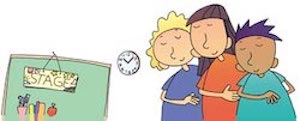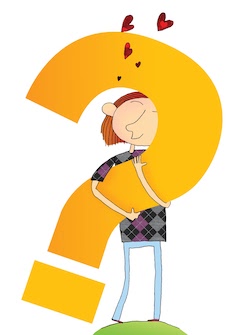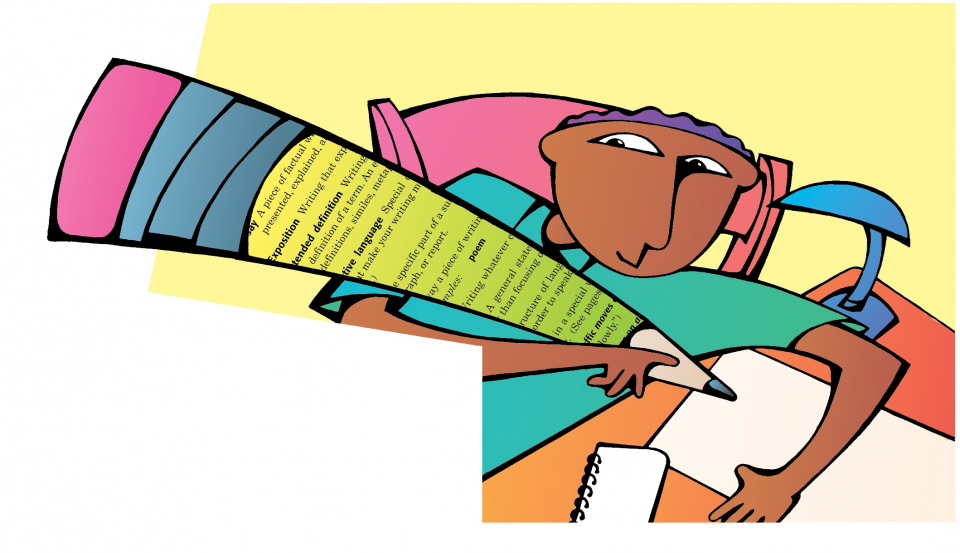In your dream classroom, what does a good discussion look like? For the longest time, my dream resembled a scene from Dead Poets Society. I pictured myself facilitating lively conversations about literature, with energized students speaking up, sharing insights, talking through difficult ideas, and working toward new understandings.
In reality, the reading discussions in my English classes were much more muted. Even the best ones were dominated by a few outgoing students and one loud teacher.
I knew I needed to make some changes, beginning with how I perceived a “good” discussion.
I assumed—incorrectly—that a good discussion must be verbal. By doing so, I excluded quiet students and others who wanted to contribute but needed more time to process new information.
With those students in mind, I began offering more opportunities to engage with reading outside of whole-class discussions, including low-stakes writing such as freewriting, journaling, and chat app conversations.
Those opportunities helped, but I saw the most engagement by introducing collective notes.
What Are Collective Notes?
Collective notes are a virtual space for students to respond to course texts and each other. Each week in a shared Google document, you can post a set of discussion questions about assigned readings. Students pick and choose questions to answer on the main document and post comments to each other in the margins.
This live document grows as the year progresses, becoming a crowdsourced library of notes, conversations, and reflections on books, essays, videos, articles, and other class materials.







